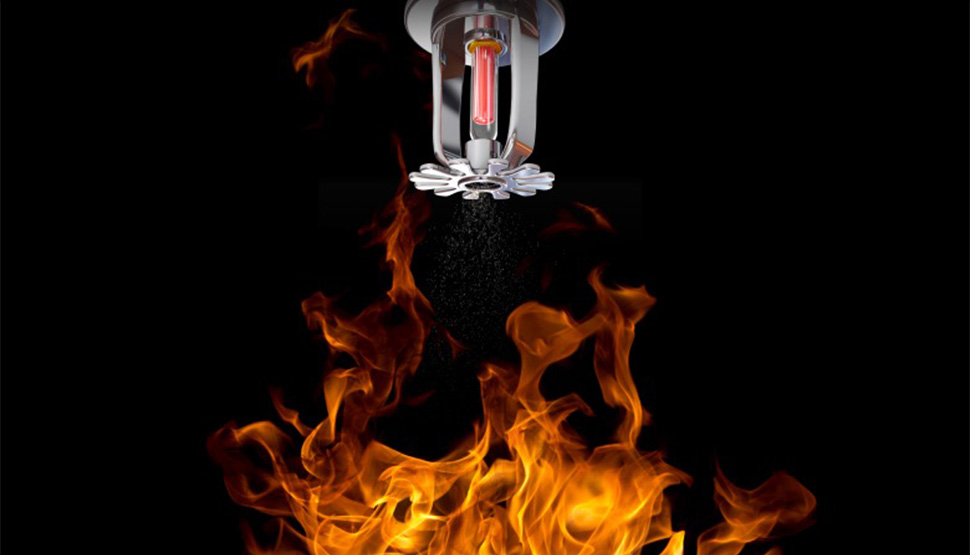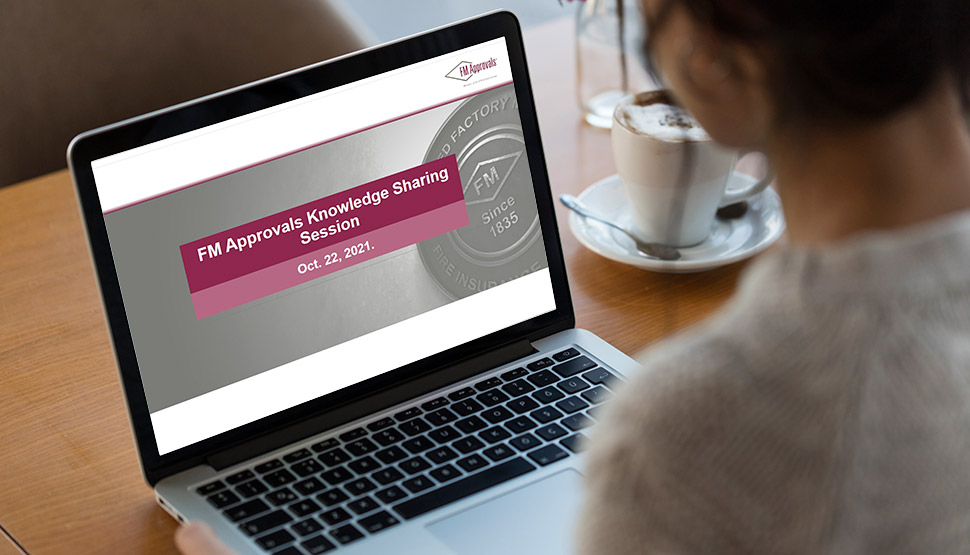Construction
First, understand what materials have been used in building construction and how fire resistant they are.
Become knowledgeable in techniques that build resilience
The sobering reality is that fire is the costliest and most dangerous risk to occupants, building owners and businesses. Fire is still the No. 1 cause of loss for all claims FM manages globally.

First, understand what materials have been used in building construction and how fire resistant they are.

Second, businesses and property owners need to be aware of the fire risk of the items on their premises.

Third, some practical fire mitigation tools still have a slow take-up rate. Sprinkler and water supplies are crucial.

Lastly, instilling a fire safety culture is an important element of building business resilience.

FM Approved solutions can help you prevent and minimise ignitable liquid fires.

Consider FM Approved hybrid fire protection systems for specific occupancies and hazards.

Substitute, eliminate, or inert the materials that create the hazard. Protect with FM Approved explosion suppression systems.

Have a solid plan that addresses how you'll protect property and business continuity when a natural hazard unfolds.

Flood is one of the costliest natural hazards in the world, yet most flood loss is both predictable and preventable.

Tornadoes, wildland fire, hail and freezing temperatures can have a powerful impact on your business.

Windstorms by any name—typhoon, cyclone or hurricane—can wreak havoc on your business. Our windstorm resources help you head off disaster.

You can’t predict exactly when an earthquake will hit or how severe it will be, but you can prepare for it.
Given losses can run to billions of dollars, take control of your equipment exposures and become more resilient by managing them proactively.
Get a detailed understanding of your vulnerabilities and an accurate assessment of potential associated losses.
Manage and survey operator performance to identify issues. Prioritise remedial action, implement consistent standards, target training and improve your risk profile.
Plan maintenance programs around seasonal dips or production cycles. Where machinery needs to be replaced, identifying its remaining lifespan early allows companies to factor in the long lead times that often come with complex equipment and minimise disruption when they are decommissioned.
Detailed inspections generate the data to make informed decisions on expediting or delaying scheduled services and maintenance. They enable companies to design a program that prioritises required action rather than sticking blindly to the standard recommended timeframes.